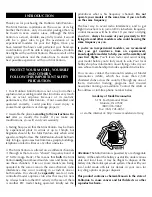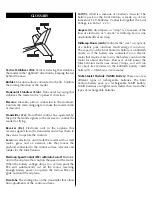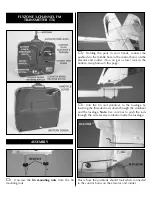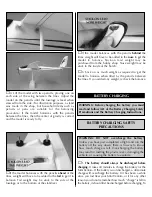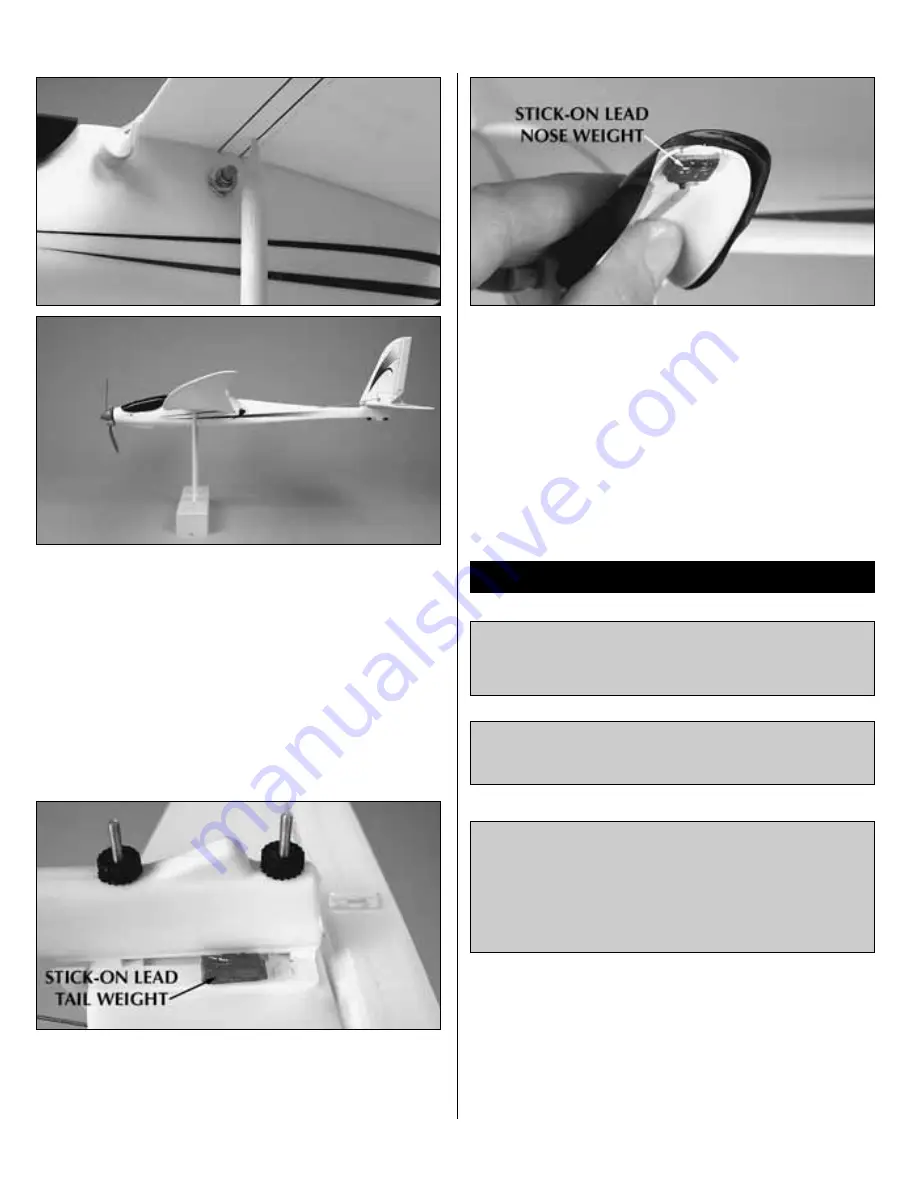
❏
4. Lift the model with two pencils, placing one on
each side of the wing between the lines. Adjust the
model on the pencils until the fuselage is level when
viewed from the side. (For illustration purposes, a stand
was made in the shop, but household items such as
pencils or pens are suitable for the balancing
procedure.) If the model balances with the pencils
between the lines, then the center of gravity is correct
and the model is ready to fly.
❏
If the model balances with the pencils
ahead
of the
lines, weight will have to be added to the
tail
to get it to
balance. Tail weight may be stuck to the side of the
fuselage or to the bottom of the stabilizer.
❏
If the model balances with the pencils
behind
the
lines, weight will have to be added to the
nose
to get the
model to balance. Stick-on lead weight may be
purchased from the hobby shop. Nose weight may be
stuck to the inside of the hatch.
❏
5. Stick on as much weight as required to get the
model to balance when lifted by the pencils between
the lines. If you added any weight, recheck the balance.
❏
1.
The battery should always be discharged before
charging.
It takes 40 minutes to charge the battery for the
Mini Ventura. If the battery is not discharged, a 40-minute
charge will overcharge the battery. If it has been a while
since you last flew your Mini Ventura, or if for any other
reason you do not remember how much “charge” is left in
the battery, it should first be discharged before charging. To
WARNING: DO NOT overcharge the battery!
Unless you have just completed a flight and run the
battery all the way down, there is no way to know
how much charge is left. Overcharging the battery
may result in melting the plastic cover, damaging the
vehicle, or causing the battery to explode.
BATTERY CHARGING SAFETY
PRECAUTIONS
WARNING: Before charging the battery you must
read and follow ALL of the Battery Charging Safety
Precautions and the Battery Charging Instructions.
BATTERY CHARGING
8


